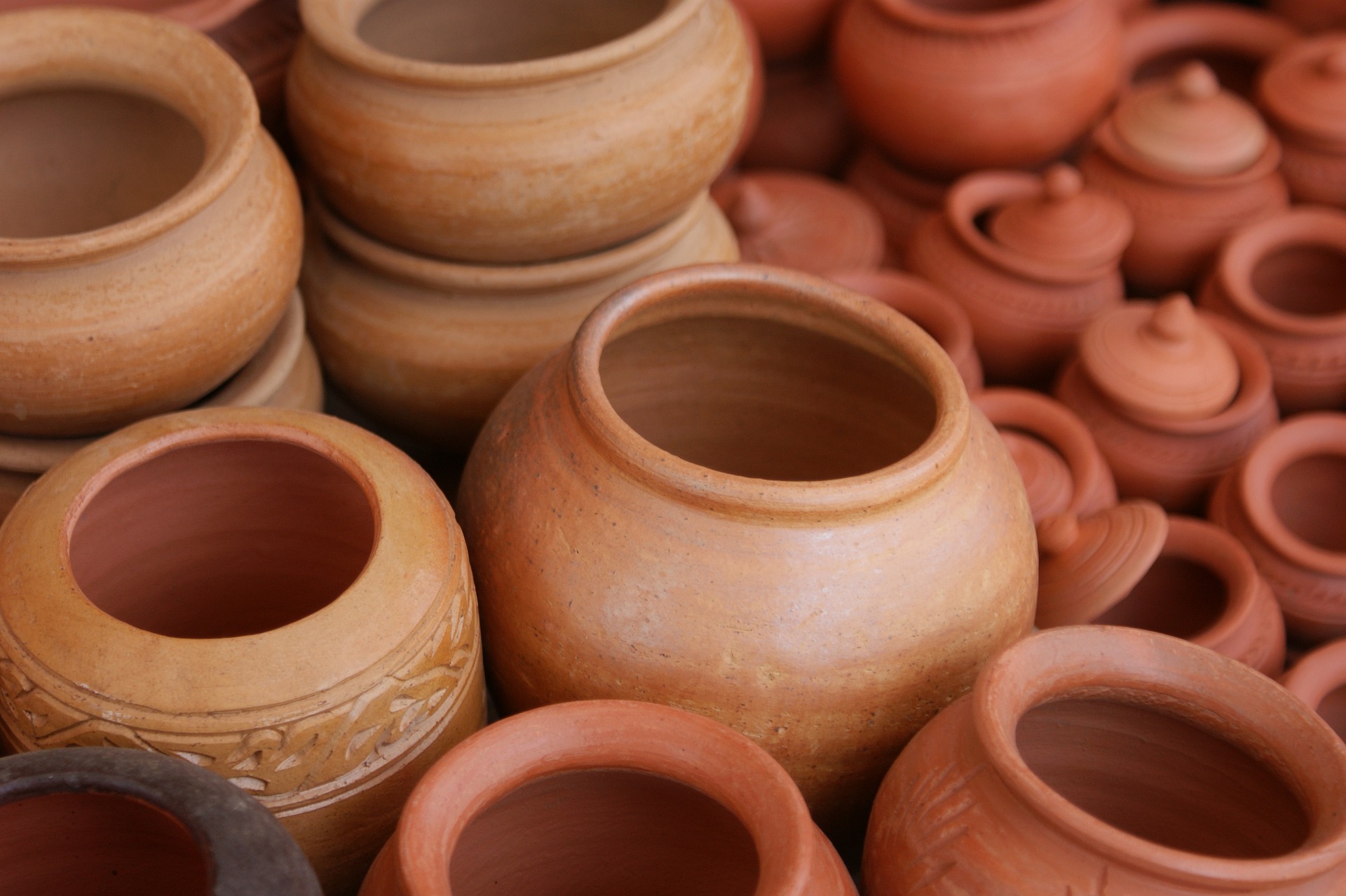Media release
From:
Archaeology: Pottery reveals connections between ancient hunter-gatherers in Europe
Knowledge of how to make and use pottery was shared between hunter-gatherer communities in Europe via kinship-driven, regional communication networks prior to the spread of agriculture, a paper in Nature Human Behaviour proposes. The findings, based on analyses of pottery remnants, suggest that pottery traditions originated in central Asia or western Siberia and were taken up by hunter-gatherer societies across the continent.
Previous research has examined the spread of agriculture across Europe, but less is known of the hunter-gatherer societies that lived on the continent early in the Holocene period, from around 12,000 years ago. Hunter-gatherer societies in Europe relied on hunting, foraging and fishing for subsistence, and have left a relatively sparse archaeological record compared to early farming societies.
Rowan McLaughlin and colleagues analysed the remains of 1,226 pottery vessels from 156 hunter-gatherer sites across Eastern Europe and Russia. They combined radiocarbon dating, together with data on the shape and decoration of ceramic vessels, and analyses of organic residues found inside the pots. Their findings suggest that the spread of pottery occurred relatively rapidly westwards from 5900 BC onwards and took only 300–400 years to advance over 3,000 km (or up to 250 km in a single generation). Their analysis of the forms and decoration on the pottery suggests that it spread through a process of cultural transmission, and correlations between the properties of the pots and how they were used could be reflective of social traditions inherited by successive generations of hunter-gatherers. Additionally, the authors find evidence that the ceramics were used for cooking a wide range of foods, suggesting that pottery adoption was not driven by any specific economic or environmental pressures.
The authors note that the evidence from pottery is limited by variability in the survival of archaeological artefacts. They suggest that further research is needed to aid our understanding of the interconnected nature of these communities.



 International
International


